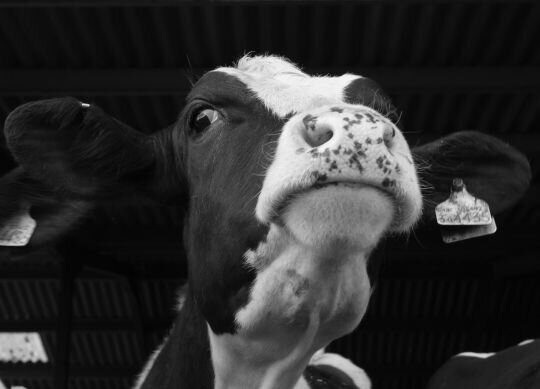Rising Feed Costs Impact Dry Cows and Heifers
The feed costs for dry cows and heifers can influence the cash flow as much as the lactating cow. This is particularly true if forage inventories are lacking. The feed costs per nonlactating animal can be very close to what the market is reflecting. This is due to feeding both purchased forage and grain. Examining feeding strategies for all animal groups is warranted considering the continued high feed costs in 2021.
The first quarter of 2021 is showing substantially higher feed costs compared to the same period in 2019 and 2020. It is not unusual to observe feed costs close to market prices for dairies with limited acreage for the herd size because they purchase most of their feed for dry cows and heifers. Based on financial assessments conducted by the Pennsylvania Extension dairy business management team, approximately 15% of the total feed costs, including forage and grains, is devoted to the non-lactating animals. Even though that is not a huge amount, it can impact the total cash flow and profitability.
Rations fed to dry cows are critical to preparing for the next lactation. Transitioning to the lactating cow ration requires feeding similar forages and grains in the two-to-three-week period prior to calving. If ensiled forages are limited or not fed and dry cows are receiving mainly a hay-based diet, this could make the fresh cows more susceptible to metabolic problems and sluggish in reaching peak milk production. It is not only the direct feed cost that can negatively impact cash flow but also the ripple effects on animal performance in the first 100 days in milk.
There are two major milestones for the dairy heifer: breeding age and age at first calving. Improper nutrition that results in short fat heifers or skinny heifers can delay heifers getting pregnant, which then delays the age at first calving. If heifers freshen past 24 months of age, then there is the additional feed cost before she starts generating income. Like the dry cow scenario, it is not just the high feed cost that impacts profitability, but the potential for poor animal performance at freshening. Heifers should be averaging over 60 pounds of milk in the first 40 days in milk. If that goal is not being met, evaluate the heifer enterprise for bottlenecks.
There are direct and indirect implications of high feed costs for dry cows and heifers. Beyond the obvious purchased feed costs, there are the indirect effects of relying on purchased forages and grains and the possible short cuts on feeding with limitations on quality and quantity. Herds that have competitive costs of production usually have very efficient cropping and heifer enterprises. In today’s economy, it is no longer enough to just evaluate the whole farm. The other enterprises can make or break a dairy operation’s cost of production.
When feed costs are high it can be tempting to cut corners in the dry cow or heifer programs. If animals are held back from growth, there can be long ranging negative effects such as sluggish starts after calving and reduced peak milk yields. Discuss with your nutritionist how you can reduce feed costs while maintaining health and growth in these two animal groups.
Adapted from Virginia A. Ishler for Pennsylvania State Extension.



